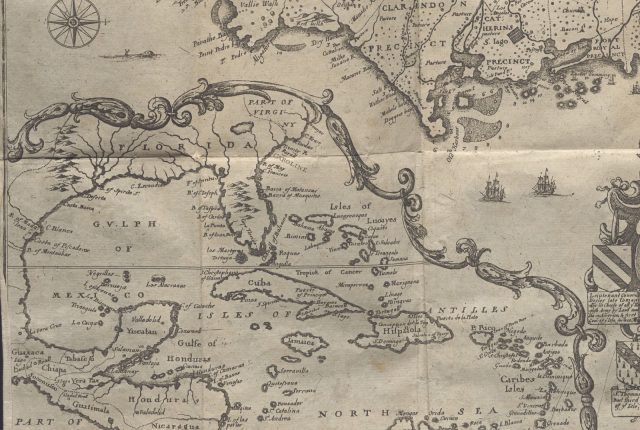
The Early Global Caribbean final conference convened on April 11-12, 2025. Using Puerto Rico as a central node, Reniel Rodríguez Ramos explained the pre-Columbian patterns of circulation of the Circum-Caribbean area. The material evidence of stone tools, species translocation, cultivation practices, and symbolic representations tell a story of a far more integrated maritime Caribbean before the European invasions. Christina M. Giovas presented the results of a study on indigenous diets in Curaçao through the analysis of stable isotopes of carbon, nitrogen, and sulfur in human skeletal tissues, revealing how dietary practices changed during the pre-colonial, Spanish, and Dutch periods of the island. In her presentation, Beatriz Marín-Aguilera showed archaeological evidence of cultural exchanges across the Lesser Antilles and, more importantly, how Kalinago (formerly called “Carib”) peoples resisted attempts at enslavement coming from European colonizers. Looking at the other shore of the Atlantic, M. Dores Cruz explained how the material vestiges of early sugar plantations in the island of São Tomé illustrate wider processes of culture and identity formation within the African diaspora. Excavations revealed Portuguese building practices combined with ceramic fragments of global origins as well as African craftsmanship, telling a complex story of cultural hybridization. Also working on São Tomé, Jacques Aymeric-Nsangou presented the case of the Angolares, a community of self-liberated Africans who persisted as an independent group on the island.
Other presenters focused on seascapes and the environmental history of the seas as an overlooked material element. Kevin Dawson talked about salvage diving in Bermuda as a system in which African aquatic traditions served English colonial interests by exploiting Spanish shipwrecks, suggesting that the wealth extracted from the sea was mostly invested in plantation economies across the English Americas. Joseph Clark talked about the effects of the Little Ice Age (ca. 1250–ca. 1850) in the Caribbean. Using evidence from both climate data and epic poetry, Clark explained that the Caribbean was not fully immune to the climatic fluctuations across the wider Atlantic, which in turn might have led to changes in long-distance trade activities among European realms. Molly Warsh explored how coastal zones become spaces of interaction between different species by analyzing the rhythms of itinerant labor in bluefin tuna fisheries in Southern Spain, as well as conceptualizing Caribbean mangroves as spaces of both resource extraction and dynamic social creation.
The circulation of representations about the material realities of the Americas was another main theme of the conference. Nydia Pineda de Ávila explored what early modern lunar cartography revealed about the circulation of knowledge between different scientific communities. The moon maps, seen as objects that traveled alongside telescopes and other measuring instruments, were part of wider currents of Atlantic circulation. As Katherine Johnston showed, the circulation and imitation of woodcuts of Indigenous women living and fighting atop trees was part of that early modern circulation, where colonial and racial prejudices combined with conceptions about non-European women’s bodies and reproductive activities.
—Leonardo Moreno-Alvarez, 2024–25 Ahmanson Getty Fellow

